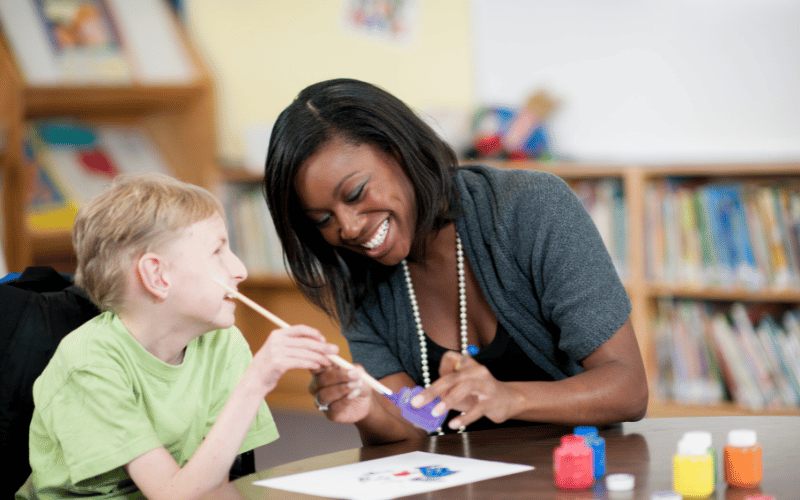12. Educational Needs and Accommodations for PD

Children with PD often require tailored educational environments to accommodate their physical stature and learning requirements. Classrooms may need modifications such as smaller furniture and accessible design to allow children with PD to participate fully in school activities.
An Individualized Education Program (IEP) is essential for ensuring that a child with PD receives the educational support they need. This legally binding document outlines specific accommodations, supports, and goals tailored to the child’s unique needs. IEPs are developed by a team that includes educators, parents, and often the child themselves.
Assistive technology can be a game-changer for students with PD. Tools like specialized computer software, audio books, and speech-to-text programs can make a significant difference in how effectively they can engage with their curriculum.
Inclusive education, where children of all abilities learn together, is beneficial for children with PD. It fosters a sense of belonging and encourages social integration. Teachers and support staff in inclusive settings are trained to meet diverse needs, ensuring all children have access to a quality education.
Educational accommodations and support systems are key in providing children with PD the opportunity to reach their full academic potential. By recognizing and addressing their unique educational requirements, we can create a learning environment that is both supportive and challenging, allowing them to thrive. Next, we will explore the occupational challenges and opportunities that individuals with PD may face as they transition into the workforce. (12)